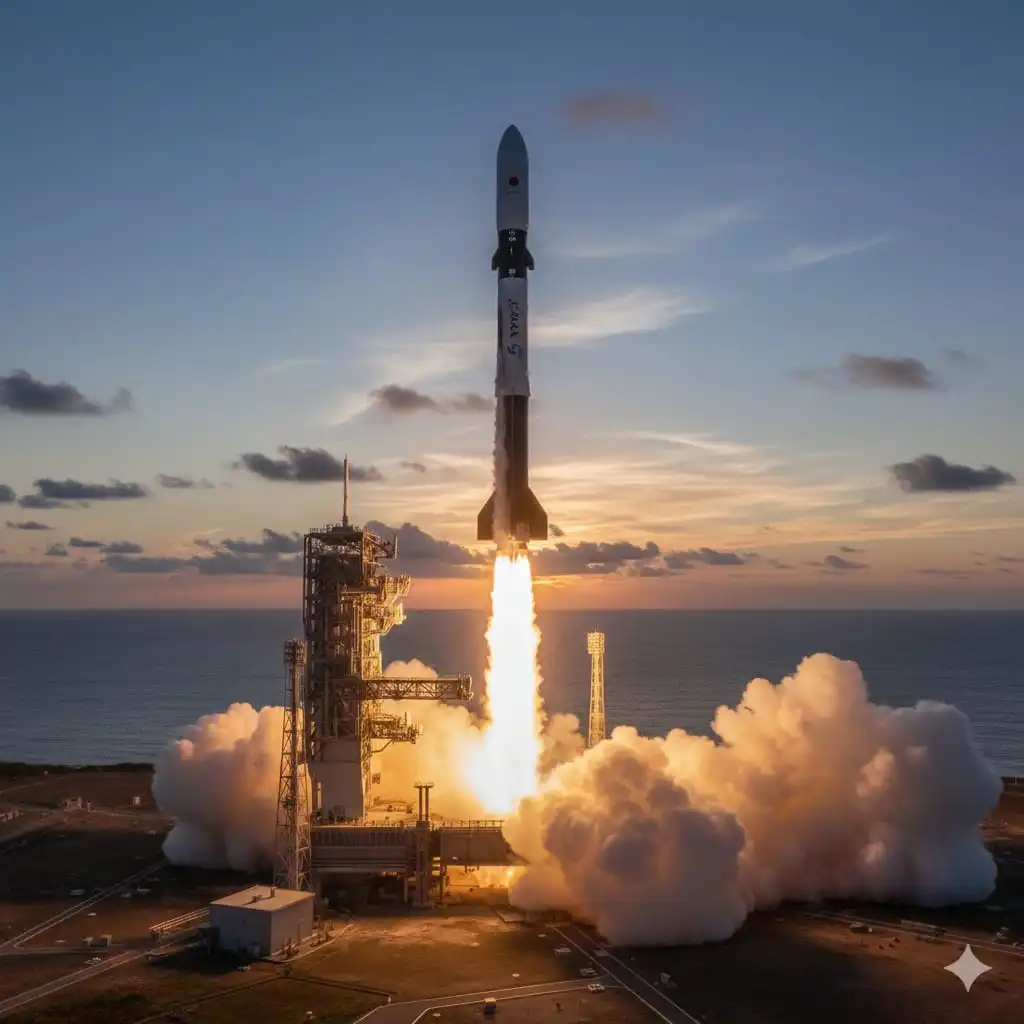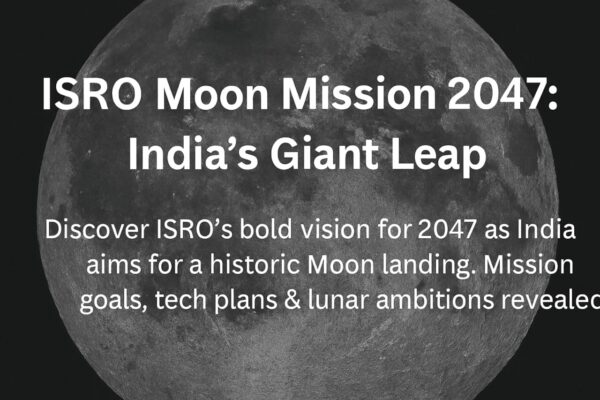Japan JAXA’s HTV-X Mission After a 5-Year
Japan has made a significant comeback in the realm of orbital logistics. After a hiatus of roughly five years, JAXA has launched its new cargo spacecraft to service the International Space Station (ISS).
The last of Japan’s previous-generation cargo vessels (the HTV “Kounotori” series) departed service in 2020. With the debut of the new HTV‑X on 26 October 2025, Japan is re-entering the ISS cargo transport game with renewed ambition.
The Background: What Happened to the HTV-X Missions?
Between 2009 and 2020, Japan’s HTV (H-II Transfer Vehicle) series conducted nine missions, delivering over 40 tons of supplies to the ISS. After HTV-9 departed in 2020, there was no Japanese cargo flight to the ISS until now. That gap of about five years had left a hole in Japan’s direct resupply capability.
During that interval, the next-generation vehicle was under development, but the industry and launch vehicle transitions delayed its operational deployment.

Also Read – Bharat Taxi Launch 2025: India’s New Ride App
HTV-X: The New Challenger
The HTV-X is a leap forward. Its key upgrades include:
- Increased payload capacity (approximately 5.8 tons or more) compared to ~4 tons of the previous HTV.
- Ability to carry temperature-sensitive biological cargo, thanks to powered cargo compartments.
- Longer mission capability: after docking, HTV-X can remain berthed for up to six months and then continue in orbit for about three months doing technical or commercial missions.
- Launching aboard Japan’s new flagship launch vehicle H3 rocket, signalling a transition in Japanese launch infrastructure.
Why This Matters: Strategic, Technical & Commercial Impacts
For Japan and JAXA:
- Resuming ISS cargo missions restores a key capability and raises Japan’s profile in international space cooperation.
- Launching on the new H3 rocket and HTV-X vehicle positions Japan for future commercial and deep-space missions.
For the ISS logistic ecosystem:
- HTV-X adds another delivery option and increases redundancy among cargo providers (alongside US, Russian, and other vehicles).
- Enhanced cargo capabilities (especially for biological/temperature-sensitive shipments) support more advanced experiments on the ISS.
For commercial/industrial aspects:
- The longer mission duration and enhanced cargo flexibility may open up new business models (in-orbit use after ISS departure) for Japanese and global space industry players.
- Reinforces Japan’s competitiveness in the global space launch market by demonstrating H3 rocket performance and new spacecraft capabilities.
The Five-Year Gap: Challenges & Opportunities
Challenges faced:
- Technical redesign: Moving from HTV to HTV-X required new systems, capabilities and infrastructure adjustments, contributing to the delay.
- Launch vehicle transition: The retirement of older rockets and integration of H3 added complexity and schedule pressure.
- Budget and policy constraints: As with many national space programs, aligning funding, policy, and industry can slow timelines.
Opportunities unlocked:
- Leveraging the hiatus to build a more modern system rather than incremental updates.
- Capturing emerging commercial demand for on-orbit services (after ISS) with a vehicle that has extended mission capability.
- Strengthening Japan’s role in lunar and deep space campaigns (HTV-X may play roles beyond ISS).
What’s Next for HTV-X and Japan’s Space Programme
- Following HTV-X1 (launched October 2025), Japan is planning further missions (HTV-X2, X3) in the coming years.
- The H3 rocket will continue to mature, with increased payloads, reduced cost, and more frequent launches.
- HTV-X’s ability to fly longer in orbit could be used for commercial experiments, satellite deployment, or support to future space stations or lunar platforms.
- Japan’s role in the ISS is secured at least through 2030, giving a firm timeline for expanded contributions.
Final Thoughts
Japan’s re-entry into ISS cargo missions marks a significant milestone in its space exploration journey. After a five-year pause, the HTV-X spacecraft and H3 rocket symbolize not just a return, but a new chapter in capability, ambition and strategic relevance. For the ISS partnership, it adds strength; for Japan’s space industry, it stakes a claim in the global marketplace; and for science, it opens doors to new possibilities in low Earth orbit.
As the HTV-X sails into orbit, the world will be watching — not just for delivery of supplies, but for Japan’s next steps beyond the ISS.
For more such updates and latest news on cars and bikes stay connected to times.motormitra.in
Thank you ..
Discover more from Times Mitra
Subscribe to get the latest posts sent to your email.





